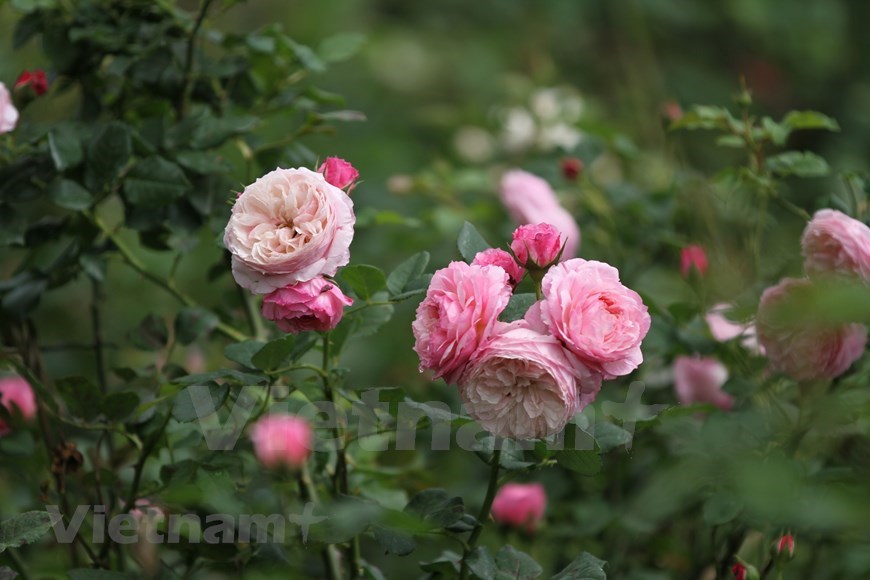-

The rose valley covers an area of up to 50,000 square metres, stretching along the Muong Hoa mountain rail line that connects Sa Pa town and the Mount Fansipan cable car station (Photo: VNA)
-

It is home to over 300,000 rose plants, with over 150 most popular varieties from Sapa, Vietnam and across the world (Photo: VNA)
-

It contains over 300,000 rose plants, with over 150 most popular varieties from Sapa, Vietnam and across the world (Photo: VNA)
-

In addition to roses from around Vietnam, many imported varieties and international favourites contribute to the uniqueness and diversity of the valley (Photo: VNA)
-

In addition to traditional local roses from around Vietnam, many imported varieties and international favourites contribute to the uniqueness and diversity of the valley (Photo: VNA)
-

Possibly the most impressive highlight is the vivid carpets of red climbing roses that have contributed to creating the Sapa brand (Photo: VNA)
-

The rose valley in Fansipan is expected to contribute a new unique angle to Sapa, attracting more visitors to ‘the city in the clouds’ (Photo: VNA)
-

The rose valley in Fansipan is expected to contribute a new unique angle to Sapa (Photo: VNA)
-

The rose valley in Fansipan is expected to attract more visitors to ‘the city in the clouds’ (Photo: VNA)
-

The valley contains over 300,000 rose plants (Photo: VNA)
-

The valley is home to over 300,000 rose plants (Photo: VNA)
Rose valley in misty Sapa
The rose valley in the Sun World Fansipan Legend tourist area in Sapa town, in the northern mountainous province of Lao Cai, has been recognised as the largest of its kind in Vietnam.



